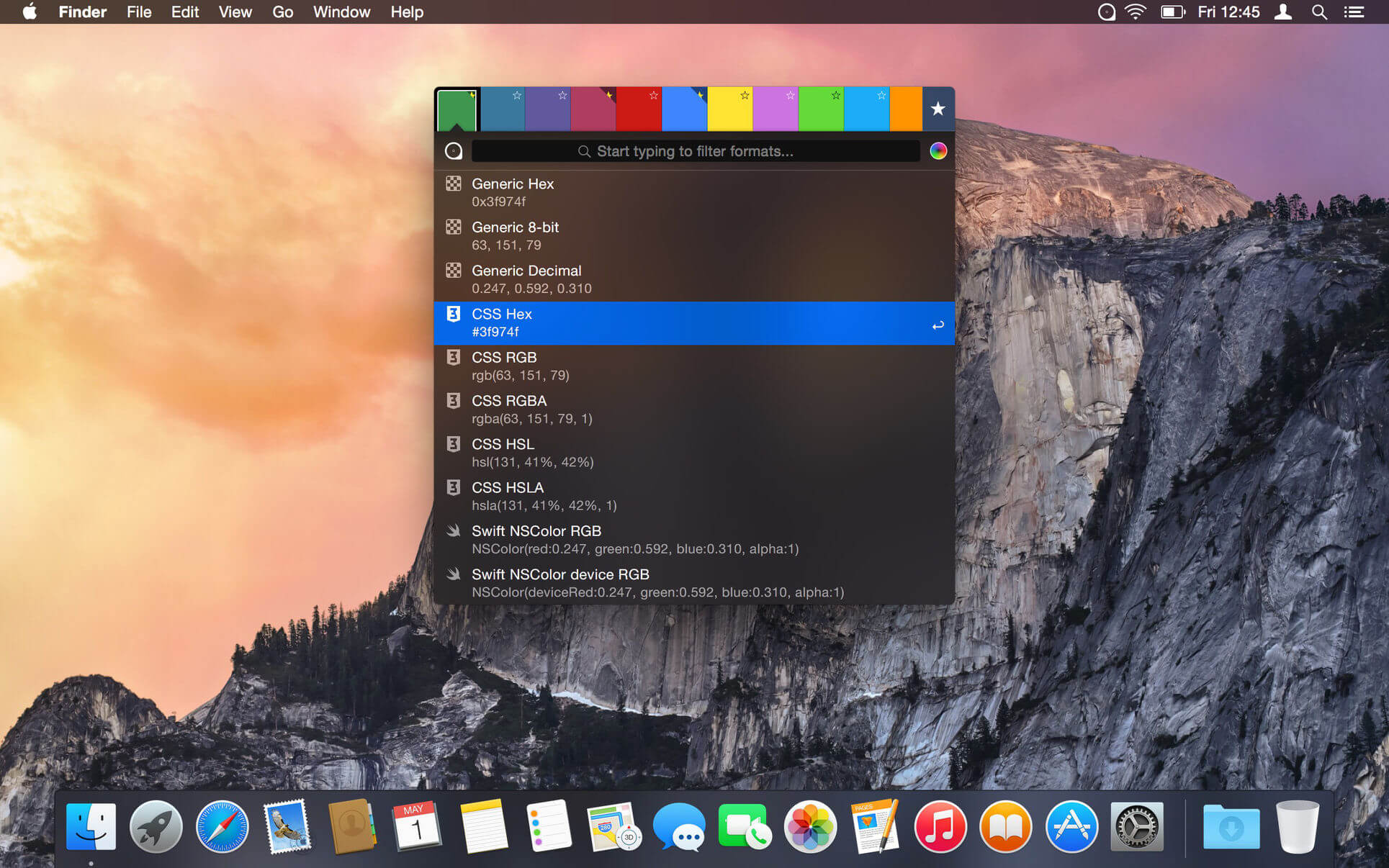
Tip: Is better to add all your converters classes in a folder in order to be organized. The converter receives 4 parameters, the first one is the value to be converted, the second one the element type that is expected to be converted, the third one the parameter (you can pass an extra parameter to the converter), and the last one the culture info. For example you have a DateTime, and you want it to be saved with a different format, you can use this method to add the conversion.
COLORCONVERTER XAMARIN CODE
So instead of writing the code in our model, we do in our XAML.Ĭonverters use a similar concept, just instead of adding the validation logic in the view it uses a different class to do the validation. Private DateTime ViewToViewModelConverterFunc(string value)ĭateTime.In a previous article we talked about Triggers, in which basically we were using it for use cases when we wanted to change a control value based on a property value in the model.
COLORCONVERTER XAMARIN ISO
Return dateTime.ToString("O") // return ISO 8601 Date ime Private string ViewModelToViewConverterFunc(DateTime dateTime) This avoids having to supply a IBindingTypeConverter for one off cases. This allows you to quickly supply a conversion method. You can supply inline function methods to Bind.

It's important to specify vmToViewConverterOverride to be sure not to accidentally pass your converter to the conversionHint parameter. VmToViewConverterOverride: new CustomTypeConverter()) ViewModel => viewModel.ViewModelProperty, In this case you don't need to register a converter: this.Bind(ViewModel, Optionally, you can provide a specific converter to override what the default would have been for either VM to View or View to VM. When a binding is created, the converter(s) with the highest affinity are chosen from those registered with Splat.

(įor globally registered converters, usage is automatic. If you'd like to use a custom converter globally, you need to register it using Splat Locator. This.Log().WarnException("Couldn't convert object to type: " + toType, ex) Result = !string.IsNullOrWhiteSpace((string)from) public bool Tr圜onvert(object from, Type toType, object conversionHint, out object result) Tr圜onvert function should return true if conversion succeeds and false if conversion fails. conversionHint is like a converter parameter, and result is where we need to store the conversion result. The first one is value we are trying to convert, the second one is type to which we are trying to convert that value.

Return 100 // any number other than 0 signifies conversion is possible. public int GetAffinityForObjects(Type fromType, Type toType) Return 0 if you can't convert an object and return anything else if it is possible. See an example of a globally registered converter type that converts between Boolean and XAML Visibility: BooleanToVisibilityTypeConverter.cs How GetAffinityForObjects works A value converter should implement the IBindingTypeConverter interface.


 0 kommentar(er)
0 kommentar(er)
